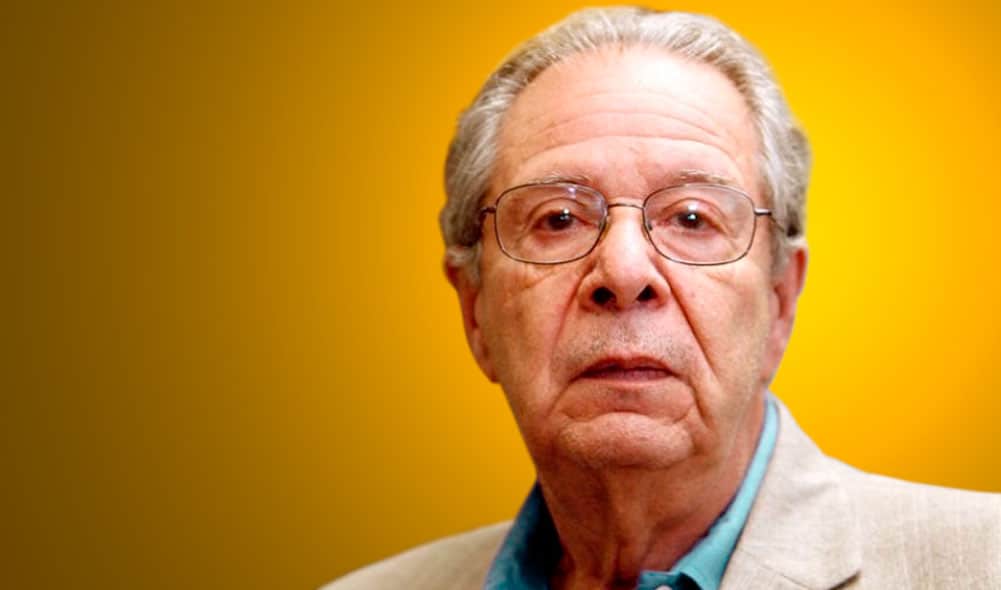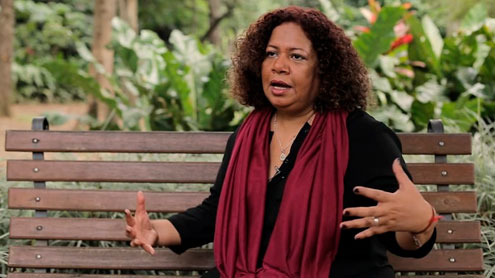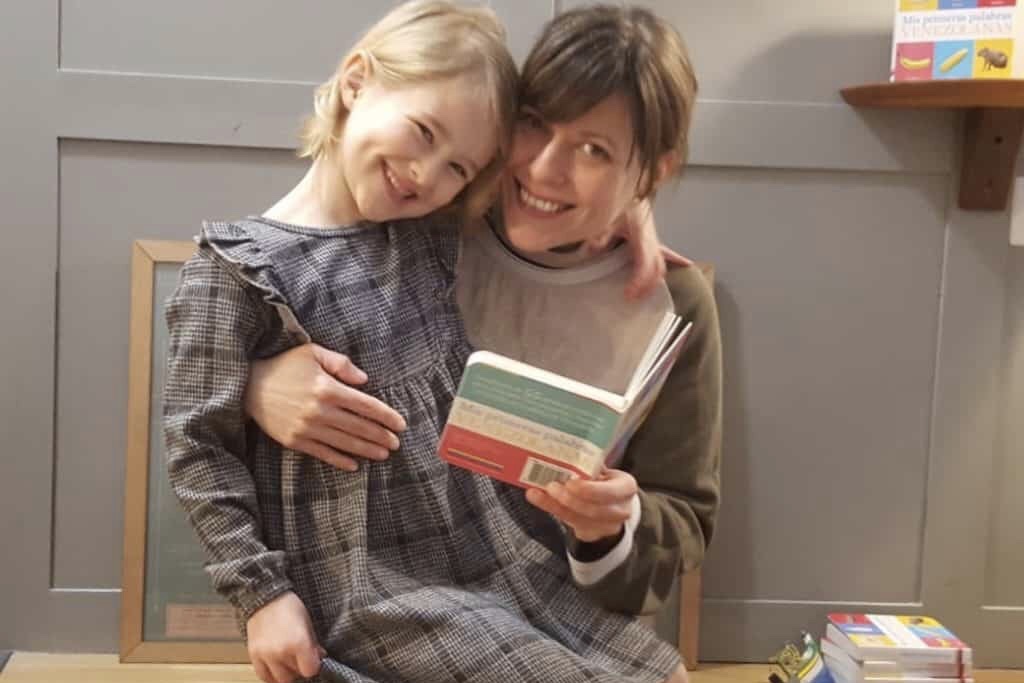The Venezuelan Observatory on Violence presented its 2020 report reflecting a sustained increase in police and military executions, which have quadrupled since 2016. The use of lethal force by the police is rife throughout the country. In 18 counties, criminals did not kill anyone, but the police did. In Guanare (Portuguesa) and San Francisco de Yare (Miranda), the police killed four times more people than criminal organizations. On the other hand, the humanitarian crisis and the quarantine changed the way crimes are committed
For the first time in history, the murders perpetrated by the police and military forces in Venezuela exceeded those committed by criminals. That was one of the big (and terrible) conclusions of the annual report presented on December 29 by the Venezuelan Observatory on Violence, which can be summarized in a single statement: Venezuela continues to be the most violent country in Latin America.
“Venezuela has been hit by two epidemics in 2020, coronavirus and violence,” synthesized Roberto Briceño León, sociologist, professor at the Central University of Venezuela, and director of the Observatory.
The epidemic of violence caused 11 times more deaths than the coronavirus outbreak. The police alone caused four times more deaths than covid-19. Violent deaths stood at 45.6 per 100,000 inhabitants (11,891 murders in absolute numbers) and, albeit lower than in previous years, it is still much higher than the figures for other countries in the region.
4,231 of the roughly 12,000 murders were classified as “resistance to authority” which is the name given to the deaths caused by the police and the military. “Simple” homicides stood at 4,153. The rest are considered “deaths awaiting investigation” but the Observatory considers them violent deaths because they were caused by weapons, including handguns.

Although homicides have decreased in recent years, Venezuela continues to lead the sad ranking of violent deaths in Latin America with a homicides rate of 45.6. Colombia closed with a rate of 23.3 murders per 100,000 inhabitants; El Salvador with 18; Honduras with 42; the Dominican Republic with 8.5; Mexico with 30 (although murder rates in some Mexican states like Colima reached more than 100 whereas others like Yucatán stood up at a low 2 per 100,000), and Brazil, congested Brazil, with 23.5.
Briceño was joined in the presentation of the 2020 report on violence by Gloria Perdomo, professor at the Andrés Bello Catholic University and national coordinator of the Observatory; Raima Rujano, social worker, professor at the University of Zulia and coordinator of the Observatory in that state, and Gustavo Páez, geographer, professor at the Los Andes University and coordinator of the Observatory in the state of Mérida. The event was moderated by Adrián González, engineer, professor at the Rómulo Gallegos University and coordinator of the Observatory in Guárico.
Trained to kill
The monitoring conducted by the Venezuelan Observatory on Violence indicates that there has been a sustained increase in the use of lethal force by the police since 2016. That year, the rate of deaths caused by police officers stood at 28 per 100,000 inhabitants. In 2020, the rate jumped to 101. It almost quadrupled.
“And for the first time in 2020, officers killed more people than the criminal organizations,” insisted Briceño.
“The use of lethal force by the police,” as he calls it, is rife all over the country. “It seems to be the only public safety policy that is being implemented,” he says.

The states where “security” officers are most violent are Aragua, Miranda and Portuguesa. But there is surprising data. For example, in 18 counties in the country, criminals did not kill a single person, but the police did. In Guanare (Portuguesa) and San Francisco de Yare (Miranda), the police killed four times more people than the underworld. In San Francisco and Maracaibo (Zulia), and Barinas, they killed three times more people.
This brutal increase in deaths caused by armed officers is no accident. “Special brigades have been formed to carry out extrajudicial executions,” Briceño points out. And he adds a shocking fact: “Even a canine brigade has been trained to kill.”
Of those killed under the euphemism of “resistance to authority,” only 60% had a criminal record. 90% were aged 18 to 40 years old (a figure consistent with violent deaths in general) and 82 were minors. Three of them were children under the age of 11. “How can a small child resist authority?” Briceño wonders.
Half of the victims died at the hands of the judicial police and the national police, and within the latter, 82% of the executions were carried out by the Special Actions Forces (FAES).
If you want to take a look at the operations conducted by the FAES, click HERE (In Spanish)
The victims
91% of those killed by violence in 2020 were men. More than half of these murders (68%) correspond to men aged 18 to 40. 99% were Venezuelans. This data is similar to that of previous years.
In 2020, deaths from bladed weapons increased while those caused by firearms decreased. Briceño attributes this shift to the high prices of guns and bullets, the incorporation of “new criminals” who lack firearms, and the increase of domestic violence.
The most violent months of 2020 were January, for common homicides, and May for homicides caused by “resistance to authority.” In that sense, the worst day was May 1, the day when 47 prisoners of the Los Llanos Penitentiary Center in Portuguesa died during a mutiny.

Mapping violence
Five states stand out in the geography of Venezuelan violence: Miranda, with a rate of 70.7; Bolívar with 62; Sucre with 61.3; Aragua with 60.5 and the Capital District, with 56.2. The average Venezuelan rate was 45.6 violent deaths per 100,000 inhabitants.
Raima Rujano explained that, historically, Bolívar and Sucre were not among the most violent, but now they are due to criminal activities around the mining arc, in Bolívar, and the trafficking of illicit substances along the coast of Sucre.

Something similar occurs with Delta Amacuro, in eighth place, where the geography facilitates drug trafficking and trafficking in women.
On the contrary, other states have managed to improve their situation. This is the case of Guárico, who went from fifth place in 2019 to seventh place.
Guárico left the top 5 in 2020 and dropped to number 7. Violence also declined in Monagas due to the decrease in oil production and the fact that “many crimes” in this state were linked to mafias in the oil sector.
Despite being a short distance from high crime areas like Caracas and Miranda, Vargas fell from 11th to 17th place. Meanwhile, Trujillo dropped from 9 to 14 and Falcón from 18 to 22. Amazonas is the least violent region in the country. Despite being a border state covered by dense vegetation, it does not suffer as much violence because the territory is more difficult to access and most of its inhabitants are concentrated in the north.
Changes in crime trends
The quarantine and what Briceño called “the destruction of the economy” generated changes in the way crime operates in Venezuela.
“In Venezuela, the social processes of the quarantine were magnified by the destruction of the economy and the loss of the social value of work,” said Briceño.
He gave some figures that help paint a picture. The 30-point decline in the Venezuelan Gross Domestic Product, for example, is three times greater than the fall of two badly hit countries during the pandemic, Panama and Peru, whose decline averages 10 to 12 percentage points. According to the UNDP, a United Nations fund that measures the human development of countries, Venezuela ranks at a low 103rd place. In 2004, “when the biggest oil boom in our history began,” we ranked at 74th.
The manufacturing industry fell to 20% of its capacity and oil production to 10%. Remittance income is about to exceed oil revenues and this is one of the elements that have made crime change.
The so-called “small gangs” are beginning to affect the working class, which previously had no money but now have some access to foreign currency, either as payment for their work or from remittances. And the large and more organized gangs are changing the area in which they operate, turning to food businesses, technology and the sale of spare parts, which handle a higher percentage of foreign currency.
Crime has also become dollarized in a country where 67% of all transactions are conducted in foreign currency.
How can this be explained?
Experts from the Venezuelan Observatory on Violence explain that the quarantine and controls forced the criminals “to pause and rearrange their criminal activities.”
The confinement and the large police and military presence on the roads weakened the small gangs but strengthened the large ones. This reduced isolated robberies and thefts but increased extortion, especially to economic activities that make use of foreign currency, be they US dollars, Colombian pesos or Brazilian reals.
Also, there are fewer criminals in the streets for two main reasons: they have emigrated or have been killed in extermination operations.
“Between 2016 and 2020, the police forces killed 27,856 Venezuelans because they “resisted the authority”. 18 thousand, supposedly, had criminal records. There may be a replacement of criminals but that takes time in the case of common crimes. In organized crime, replacement is faster, “they said.

In this unusual year, the Observatory also notes a territorial change, a “loss of sovereignty.” That is to say: the authorities gave space to the mafias, especially guerrillas, drug traffickers or traffickers in women. This is more noticeable in areas of Zulia, Sucre and Bolívar, which are experiencing processes similar to those that occurred a few years ago in Táchira and Apure.
“We think that the dominance of large criminal groups will consolidate in 2021, mainly in the territories of Zulia, Sucre and Bolívar. This consolidation can lead to a reduction in homicides due to the greater social control exerted by organized crime, which manages violence differently, ”Briceño concluded.
You can read the full report in Spanish at www.observatoriodeviolencia.org.ve
Translated by José Rafael Medina




